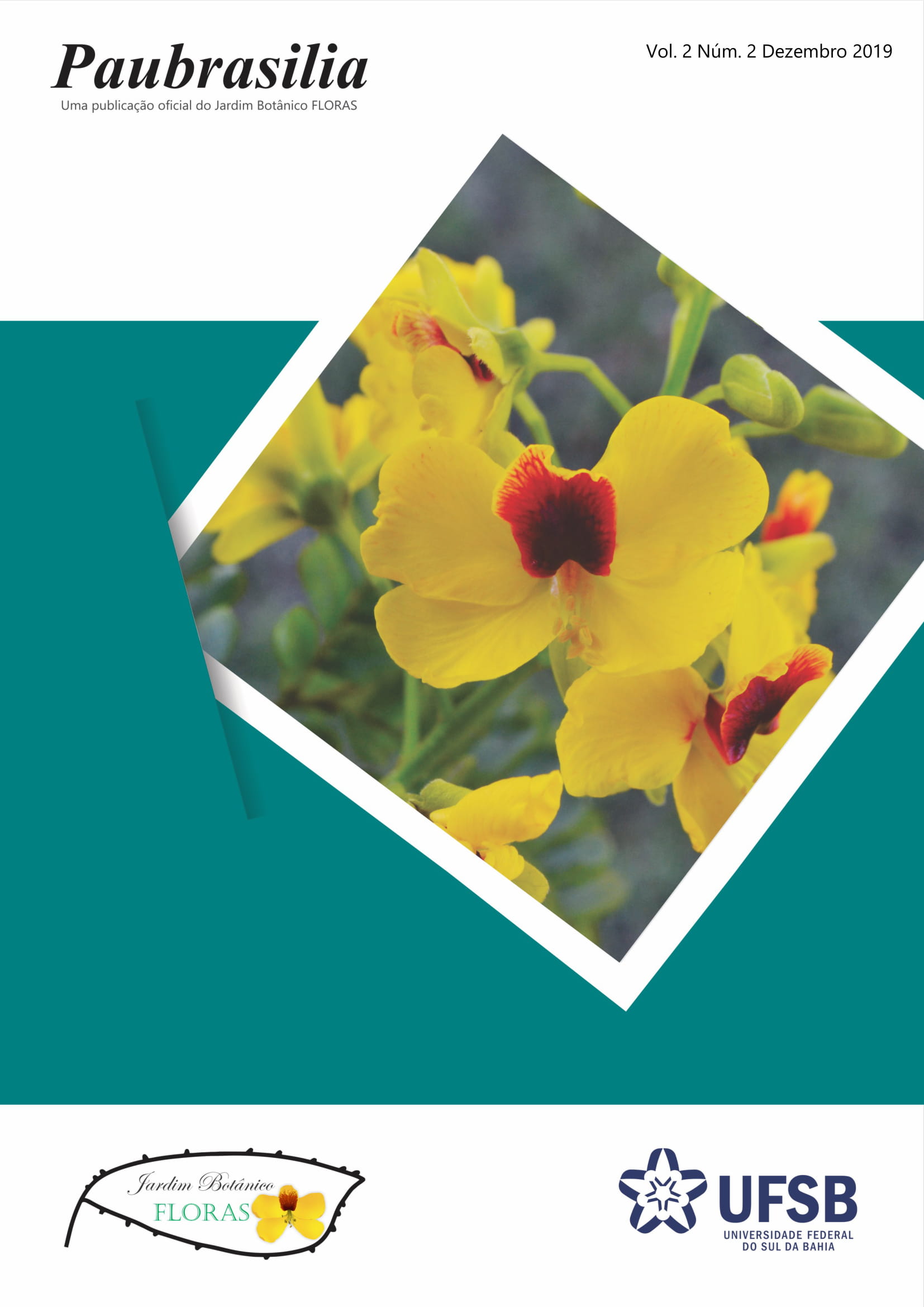The cocoa research center's xylotheque and the woods of the Atlantic Forest
DOI:
https://doi.org/10.33447/paubrasilia.v2i2.28Keywords:
Wood, Forest species, Botanical collections, Wood collectionsAbstract
A xylotheque is a scientific collection of identified woods with collection data available representative of the biological diversity. It is a reference tool for studies and research in the botanical and technological area, both for wood producers and traders, also aiming at comparison and identification of new samples of wood. The xylotheque described hereafter is associated with the herbarium of the Cocoa Research Center, which is currently one of the largest in the Northeast region and holds the most important collection of plant specimens of the Atlantic Forest of Southern Bahia and Northern Espírito Santo. The aim of this study is to give visibility to the information available in the xylotheque. With the increase of the visibility of the xylotheque to a wider audience – researchers and public in general –, we expected to give value to information on the patrimony of the vegetal species of the south of Bahia, safeguarding data of important relevance for the understanding of the forest diversity of the region.
Downloads
Published
How to Cite
Conference Proceedings Volume
Section
License
By submitting manuscripts for publication in the journal, authors expressly agree to the following terms:
1 - Authors retain copyright on their manuscript and grant the right of first publication to the journal, with the work simultaneously licensed under the Creative Commons Attribution 4.0 International License, allowing it to be shared, as long as authorship and initial publication in Paubrasilia are acknowledged, with proper indication of volume, number (if any), page number (or elocation-id), and year in which the paper was published;
2 - Authors are allowed to enter into additional contracts separately, for non-exclusive distribution of the version of the paper published in Paubrasilia (e.g., publishing in an institutional repository or as a book chapter), provided that authorship and initial publication in this journal are acknowledged, with proper indication of volume, number (if any), page number (or elocation-id), and year in which the paper was published.











